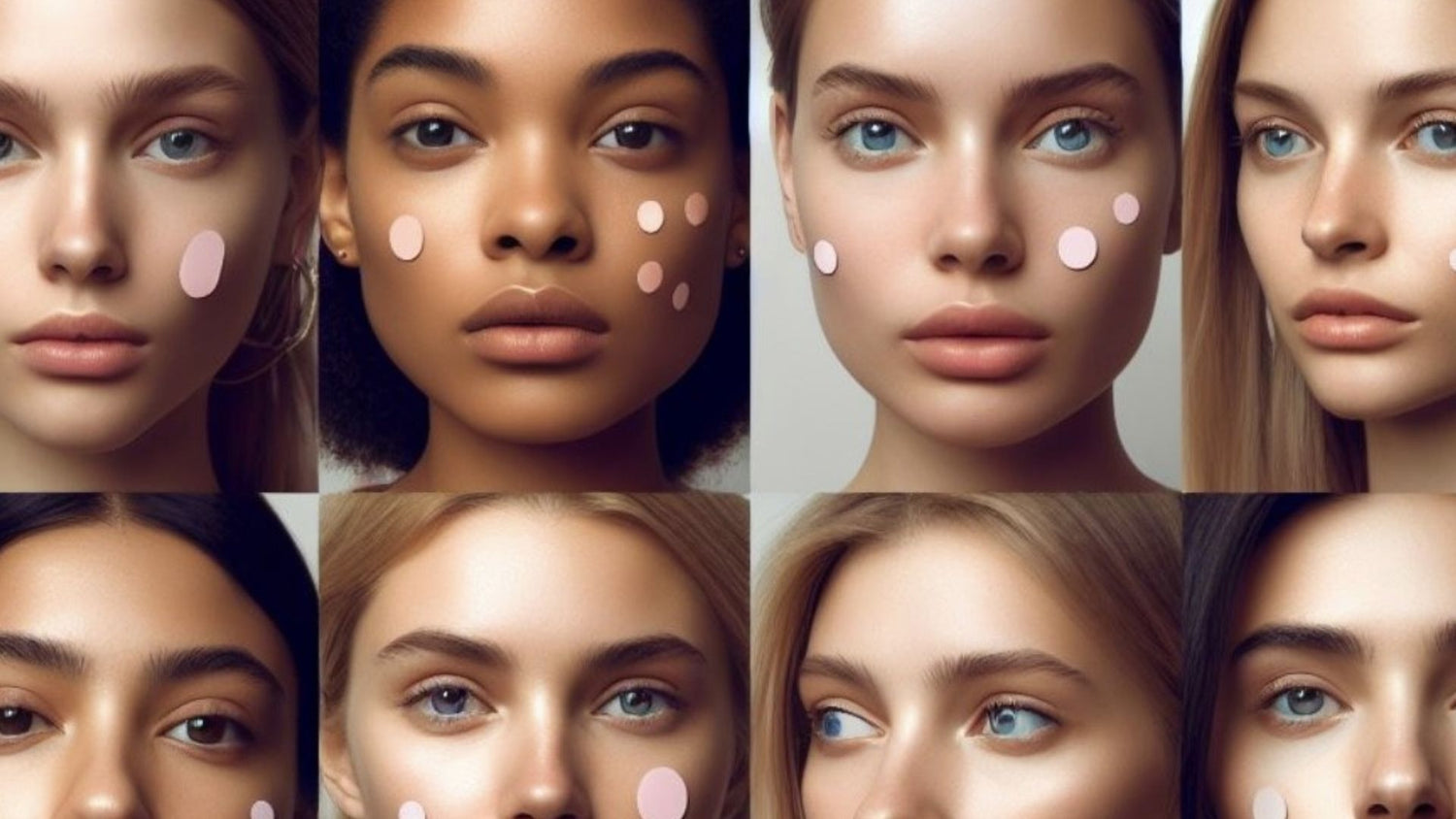Gluten is a unique protein commonly found in wheat, rye and barley that gives an elastic consistency to flour. That’s why grains containing gluten are used to make breads and other baked goods. Some people suffer from a condition called celiac disease, which impedes the digestion of gluten, therefore leading to a strict gluten-free regimen.
“Gluten sensitivity not only exists, but is very different from celiac disease,” says Alessio Fasano, M.D., medical director of the University of Maryland’s Center for Celiac Research. Gluten sensitivity or gluten intolerance can develop if gluten, or partially digested fragments of gluten, mistakenly pass through the small intestine and into our bloodstream. Increased awareness about celiac disease and similar gluten sensitive conditions, as well as the popularity of gluten-free diets, has encouraged cosmetic companies to produce gluten-free products.
Companies like Gluten Free Beauty, Afterglow Cosmetics, Desert Essence Organics, Joelle Cosmetics, Dr. Hauschka (some products), Scotch Naturals and Peace Keeper Cause-Metics all clearly list their ingredients online, and even explain what each ingredient is and most importantly are 100% gluten-free.
Despite increasing availability, it can still be difficult to discern gluten-free cosmetics. Researcher Dr. Pia Prakash from George Washington University admits that the ingredients including the potential gluten ingredients in cosmetics are not readily available. While the USFDA requires cosmetic manufacturers to list their product ingredients, certain loopholes might allow them to withhold some.
There are some ingredients that are easy to detect, like hydrolyzed wheat protein. But, ingredients like Vitamin E oil (usually extracted from wheat sources) are less obviously recognized, so ample research on ingredients is necessary. Many manufacturers may not even know where or what their raw materials are sourced from. We suggest that you buy products from reputable companies that communicate and understand what gluten and celiac disease are and commit in providing gluten-free products.
Typically, 60% of topical application gets absorbed through the skin to the bloodstream. “It’s especially important with certain cosmetics that you unwittingly ingest”, says Dr. Vikki Petersen, author of The Gluten Effect.
It is found that the average woman ingests up to four pounds of lip products over a lifetime. Wow, that’s a lot! So, avoid using such products on your lips or around your mouth, specifically dental products. For the more sensitive ones, gluten on the skin can even cause irritation. Along with allergies; breakouts are a common problem for those who have some form of gluten sensitivity.
Some people develop a form of celiac disease called dermatitis herpetiformis (DH), which causes an itchy, blistering rash. But although it is a topical condition, doctors confirm that DH is caused by ingesting gluten, not by skin contact with gluten.
There is no clinical evidence saying that cosmetics containing gluten and when applied topically can penetrate through the skin and pass into the bloodstream inducing gluten sensitivity; gluten is a big molecule that has to penetrate through the thick skin. Also, the low gluten percentage of some ingredients in cosmetic products are not high enough to induce a reaction. Even though science is telling us that the molecule is too big, people are still having reactions to products containing gluten. In short, if you are allergic to gluten it is best to read the ingredients list on all of your cosmetics and skincare products — and, don’t forget to do a little research, too!
– Upasana Sahu, cosmetic chemist
For more giveaways and contests, sign up for our newsletter HERE.
If you like this post, share it with your friends and give it a LIKE on Facebook.






